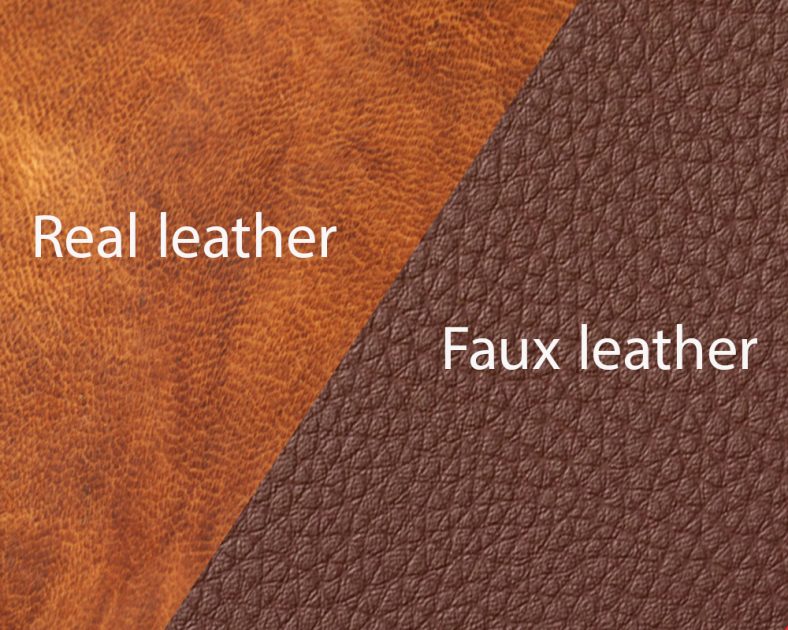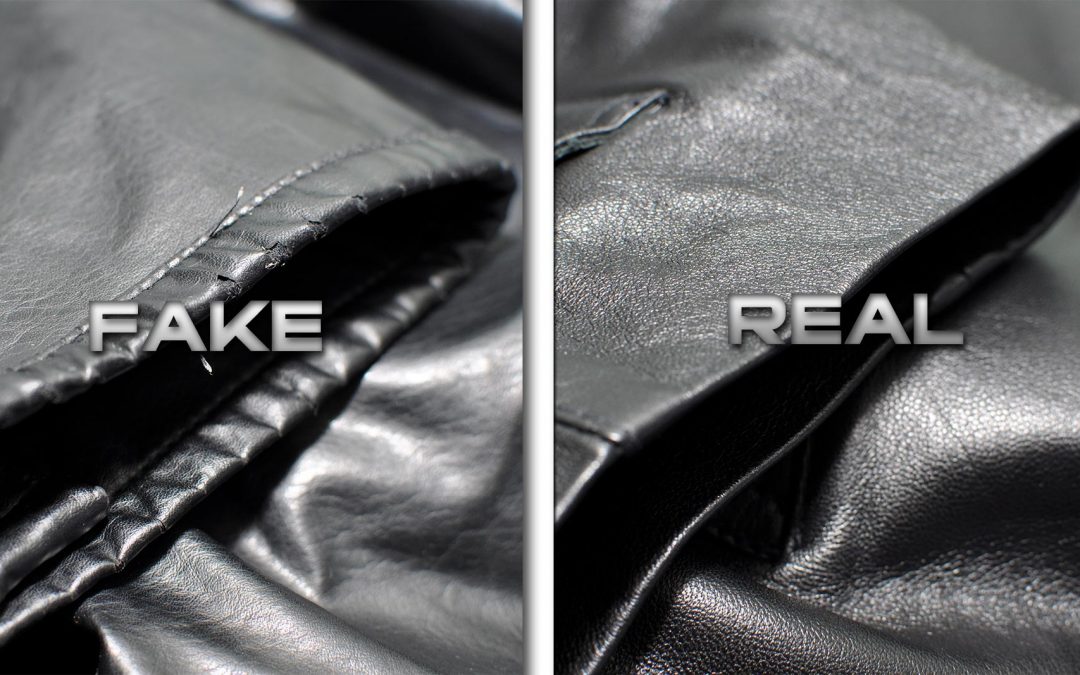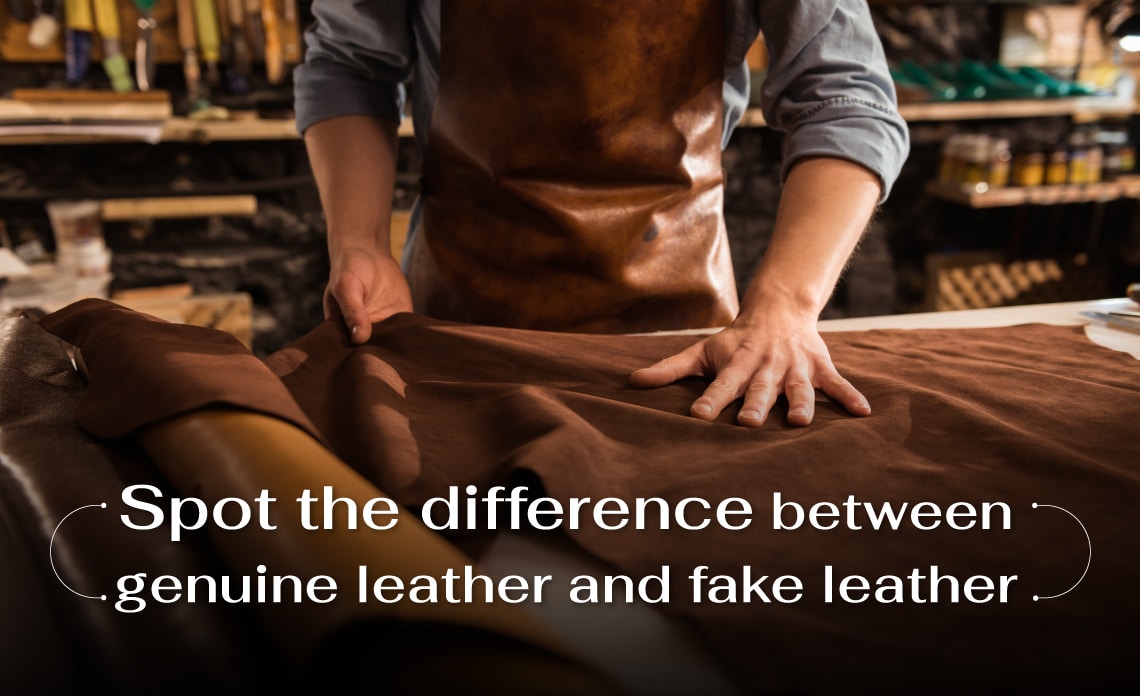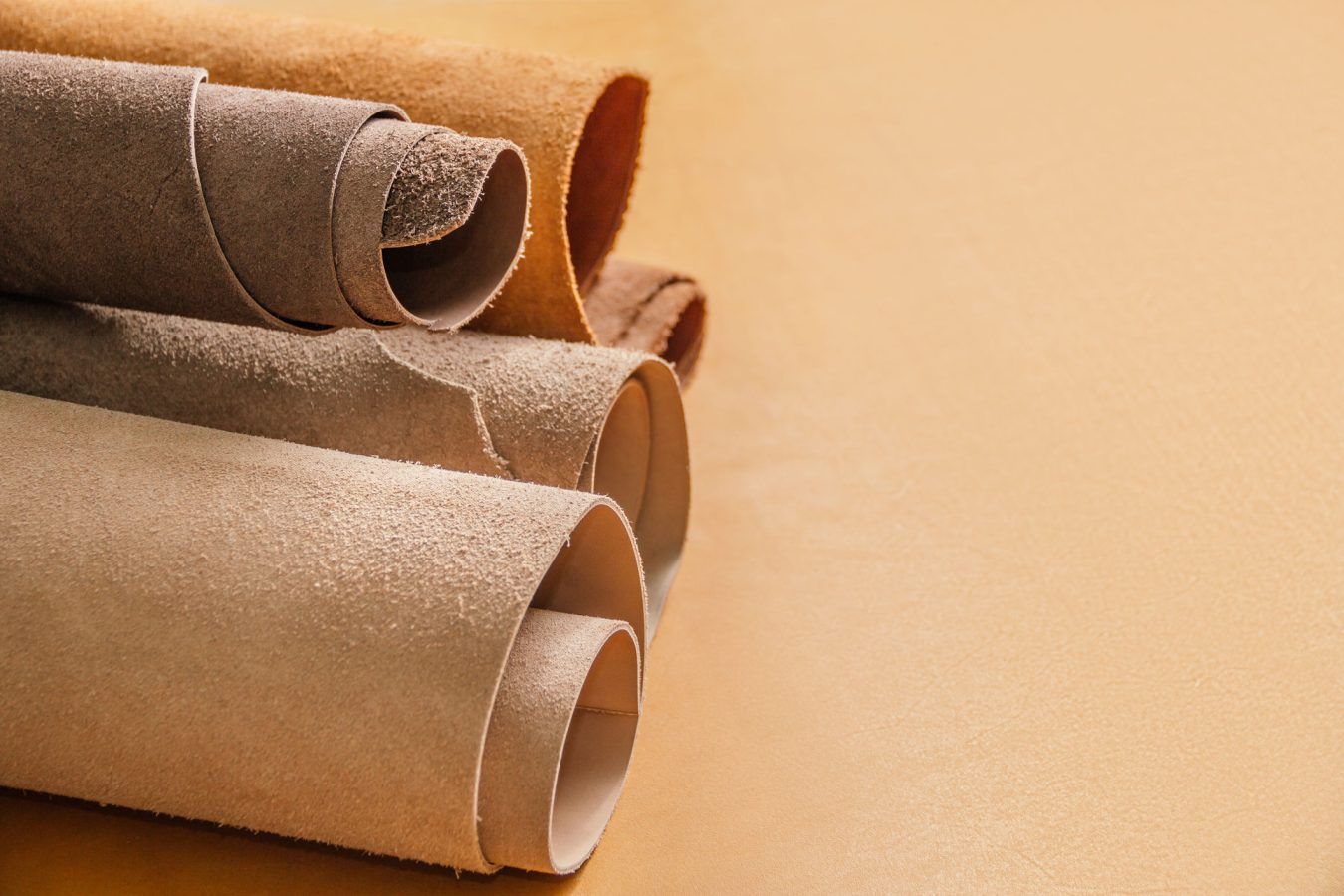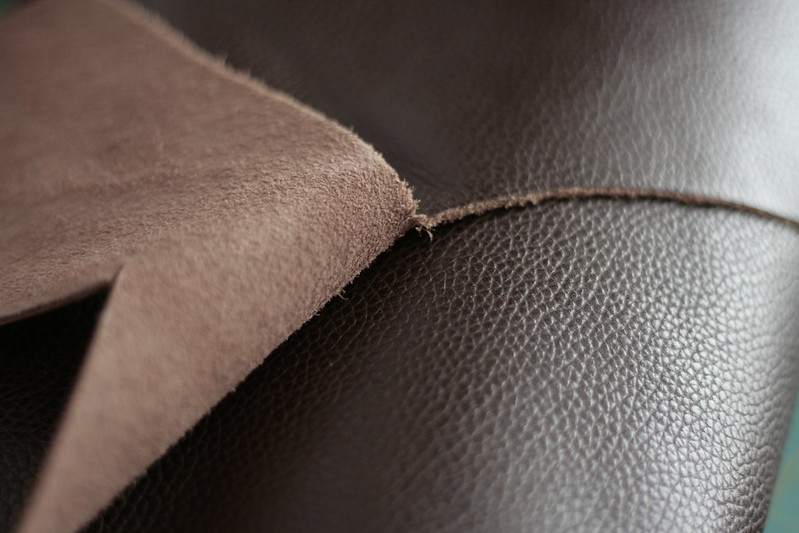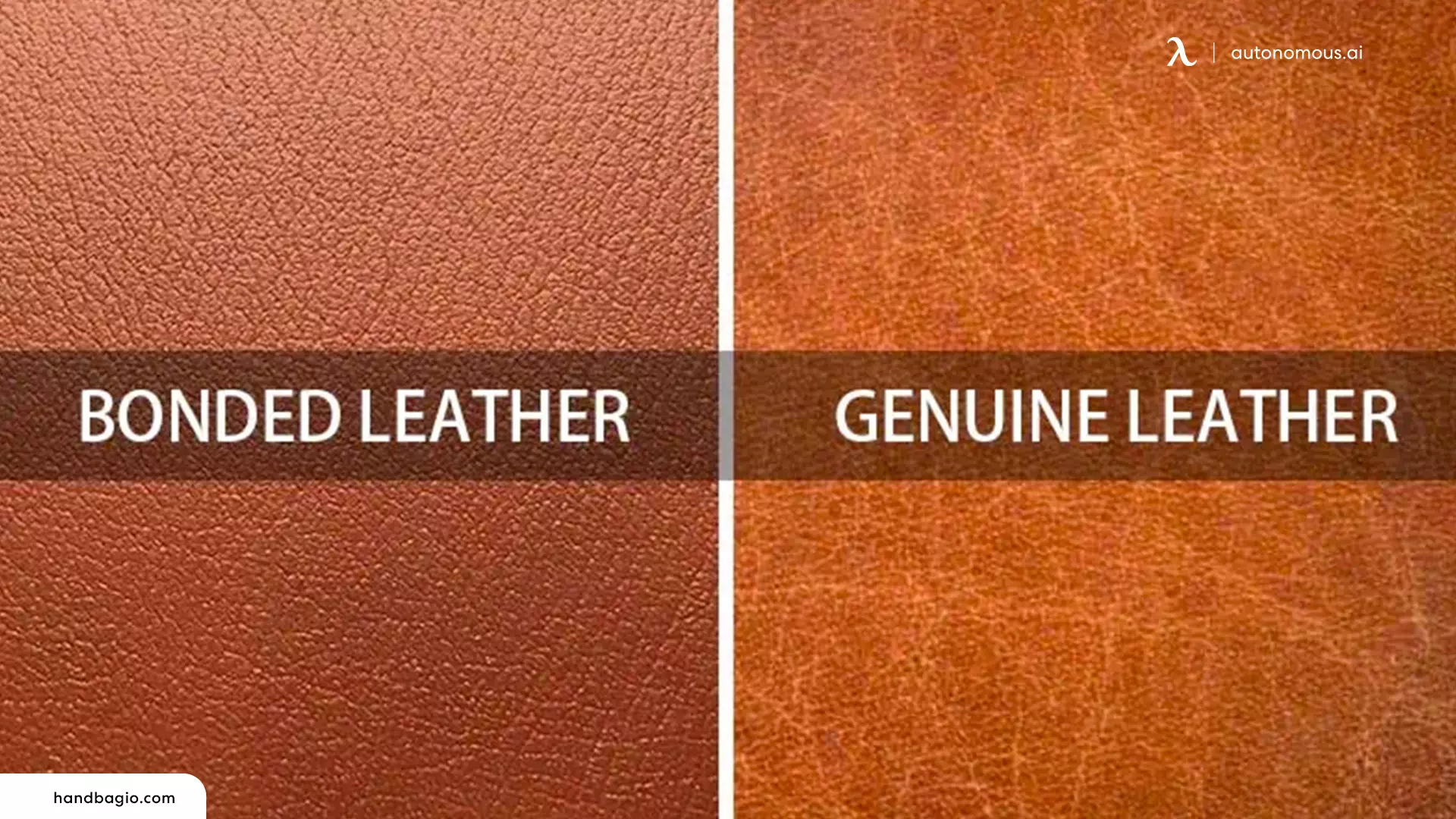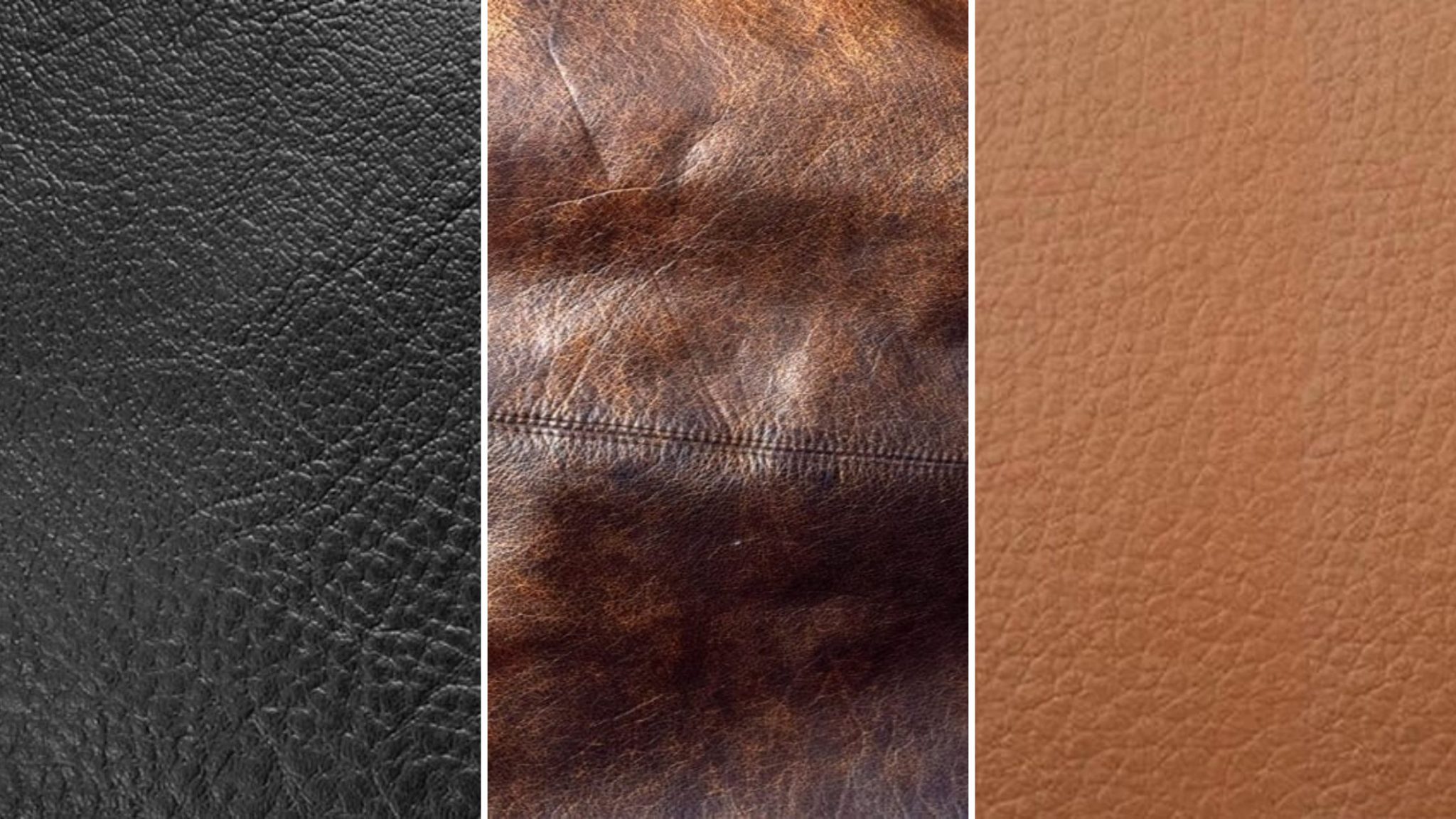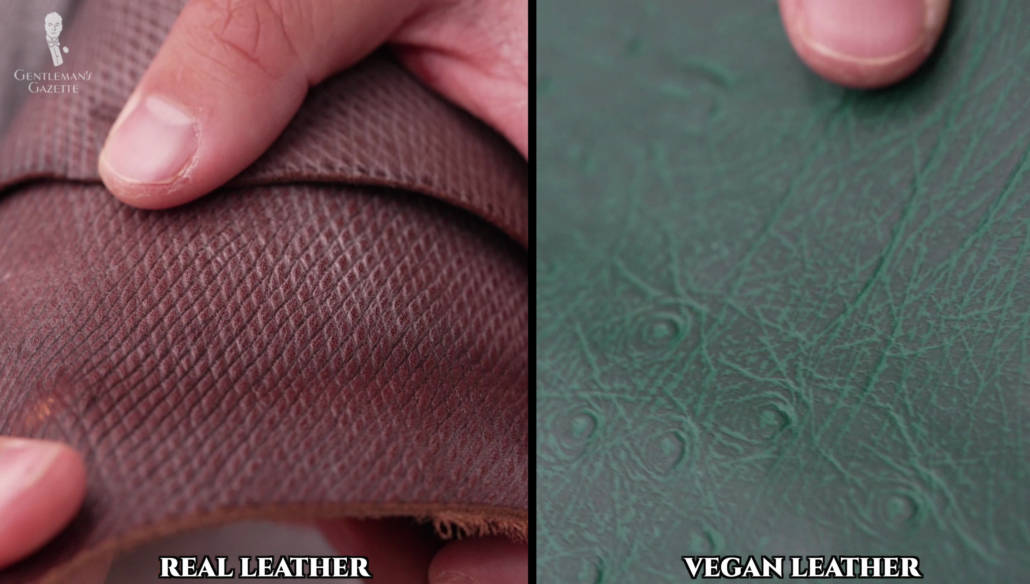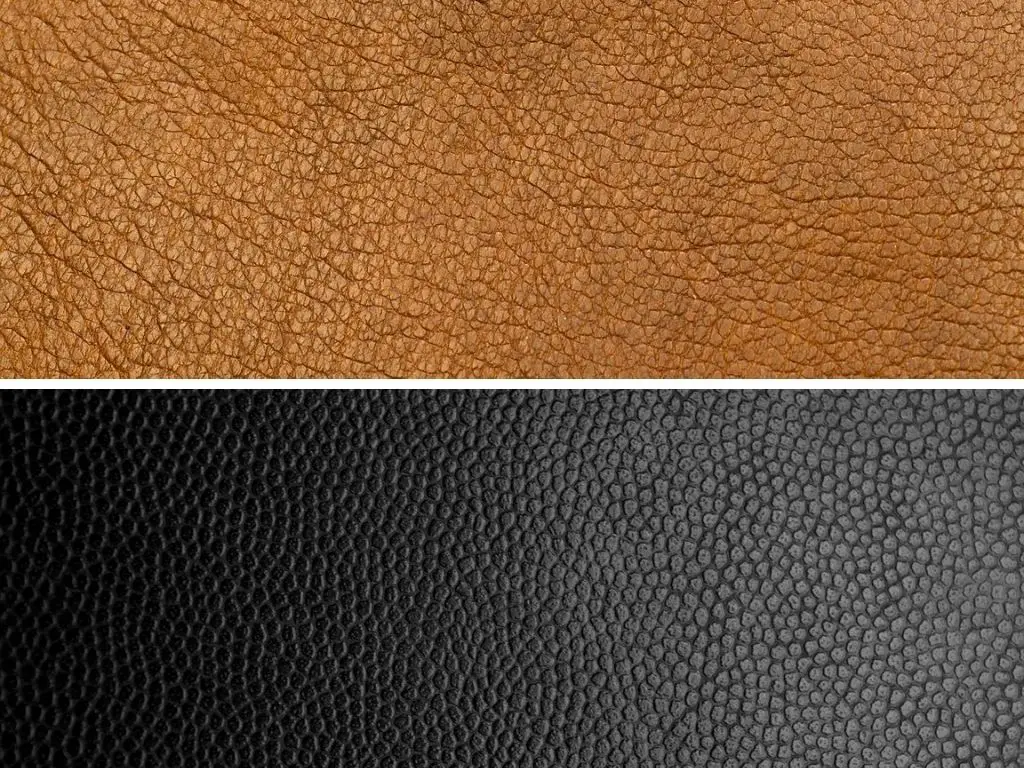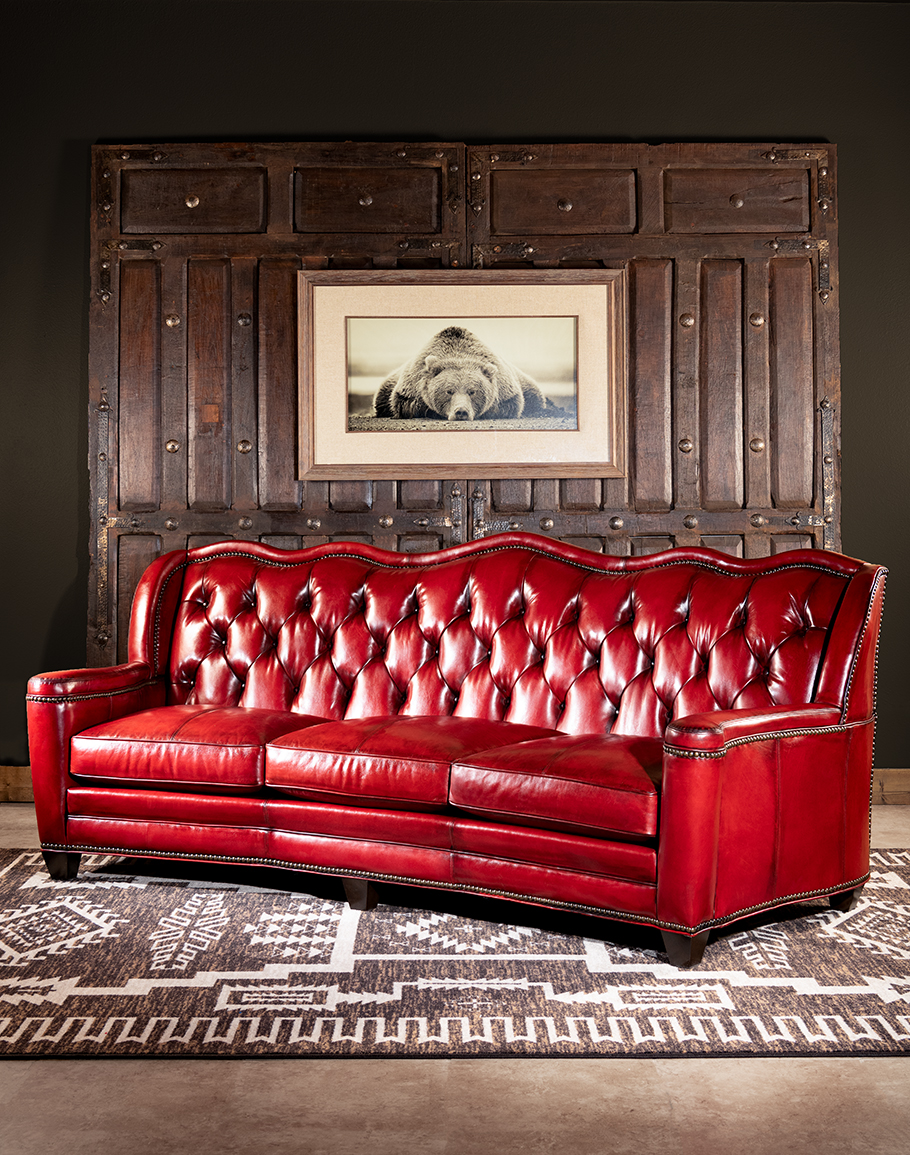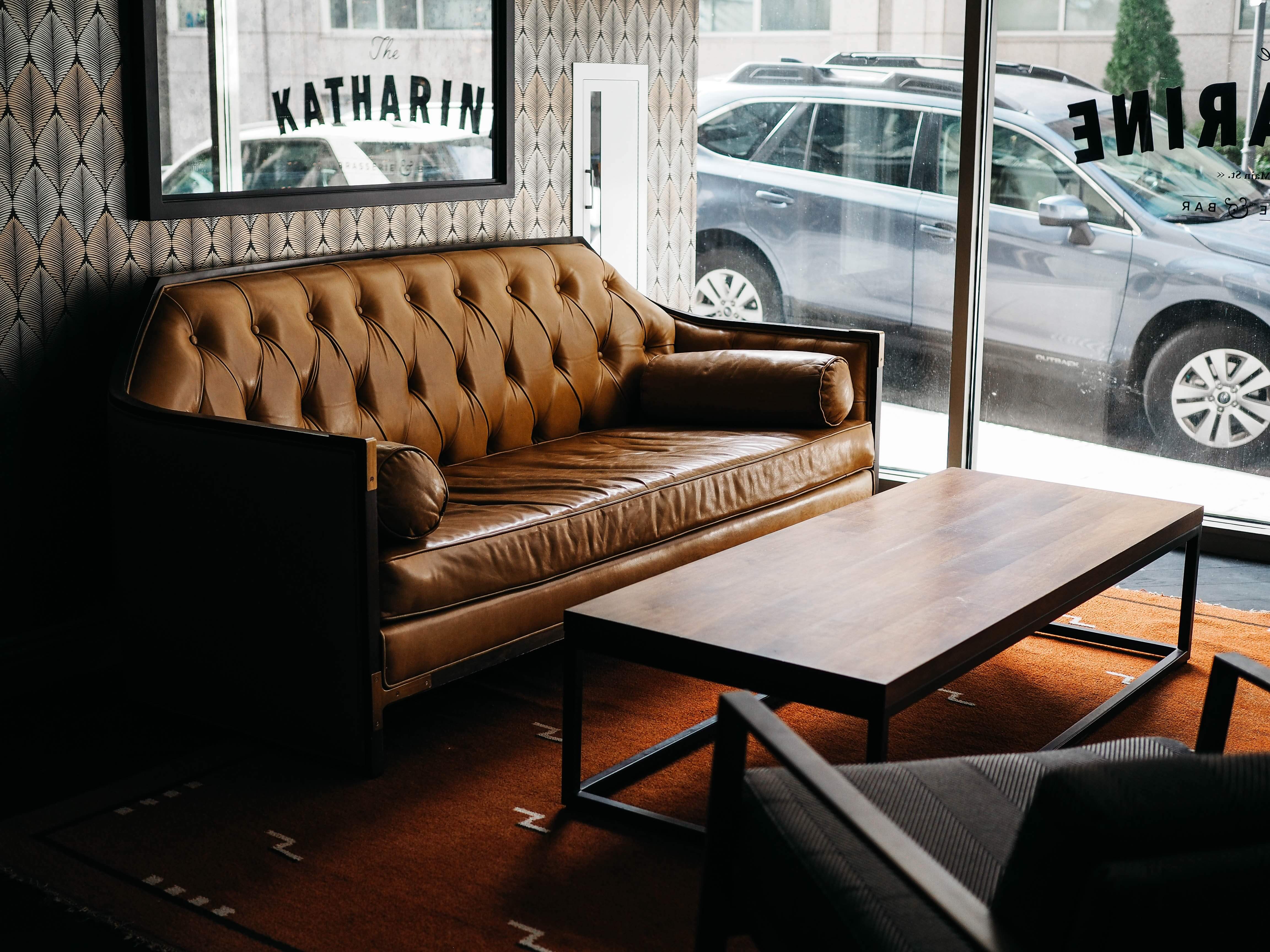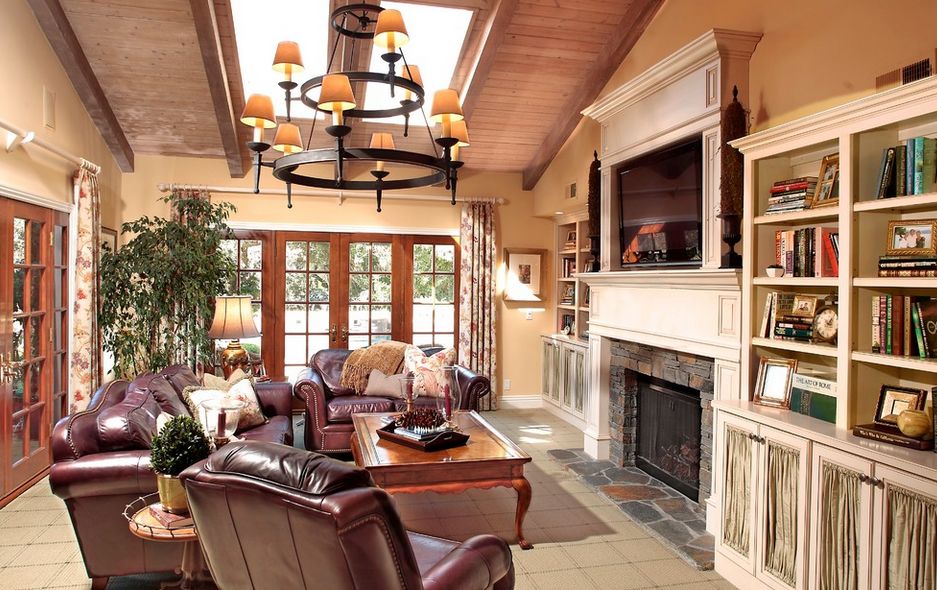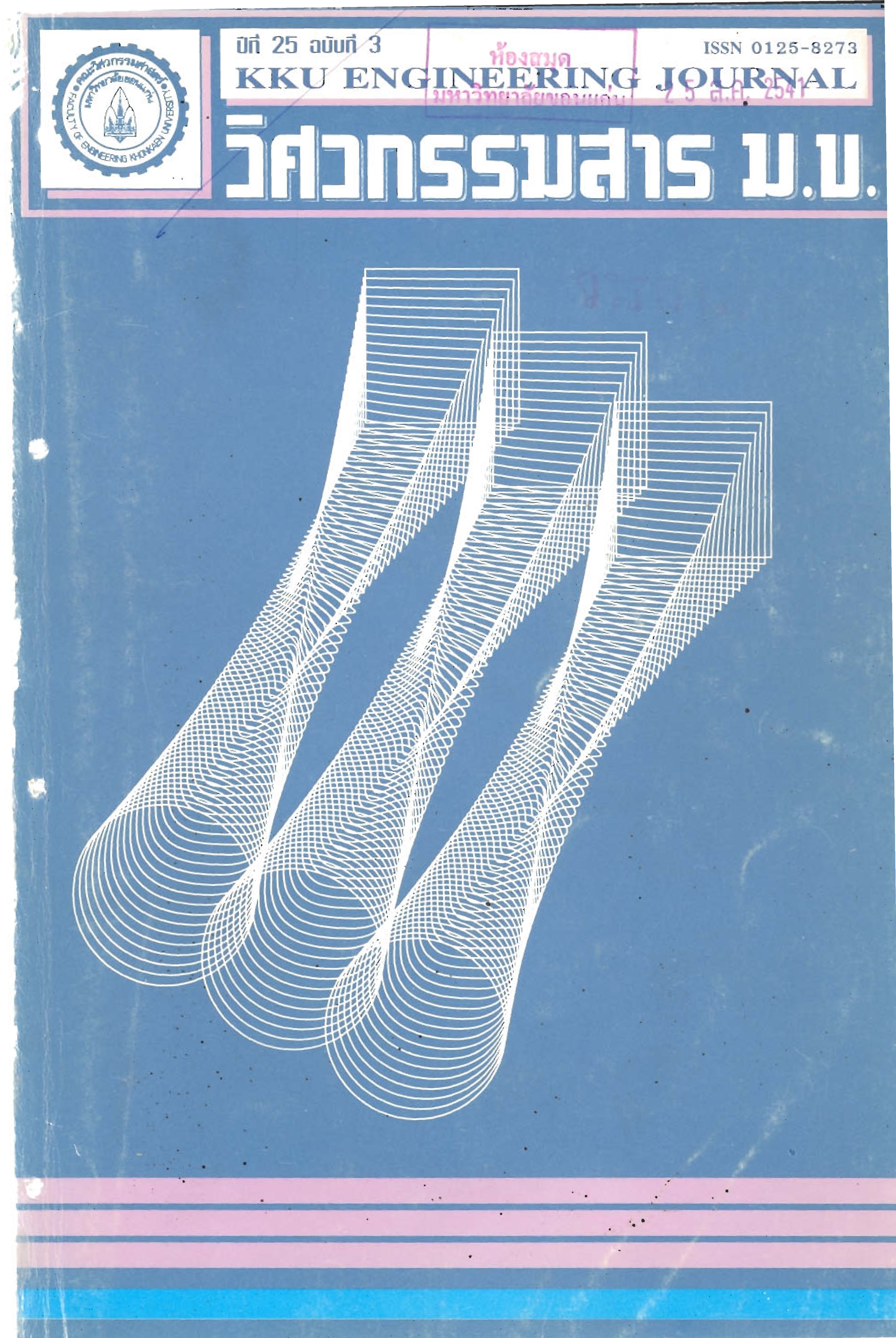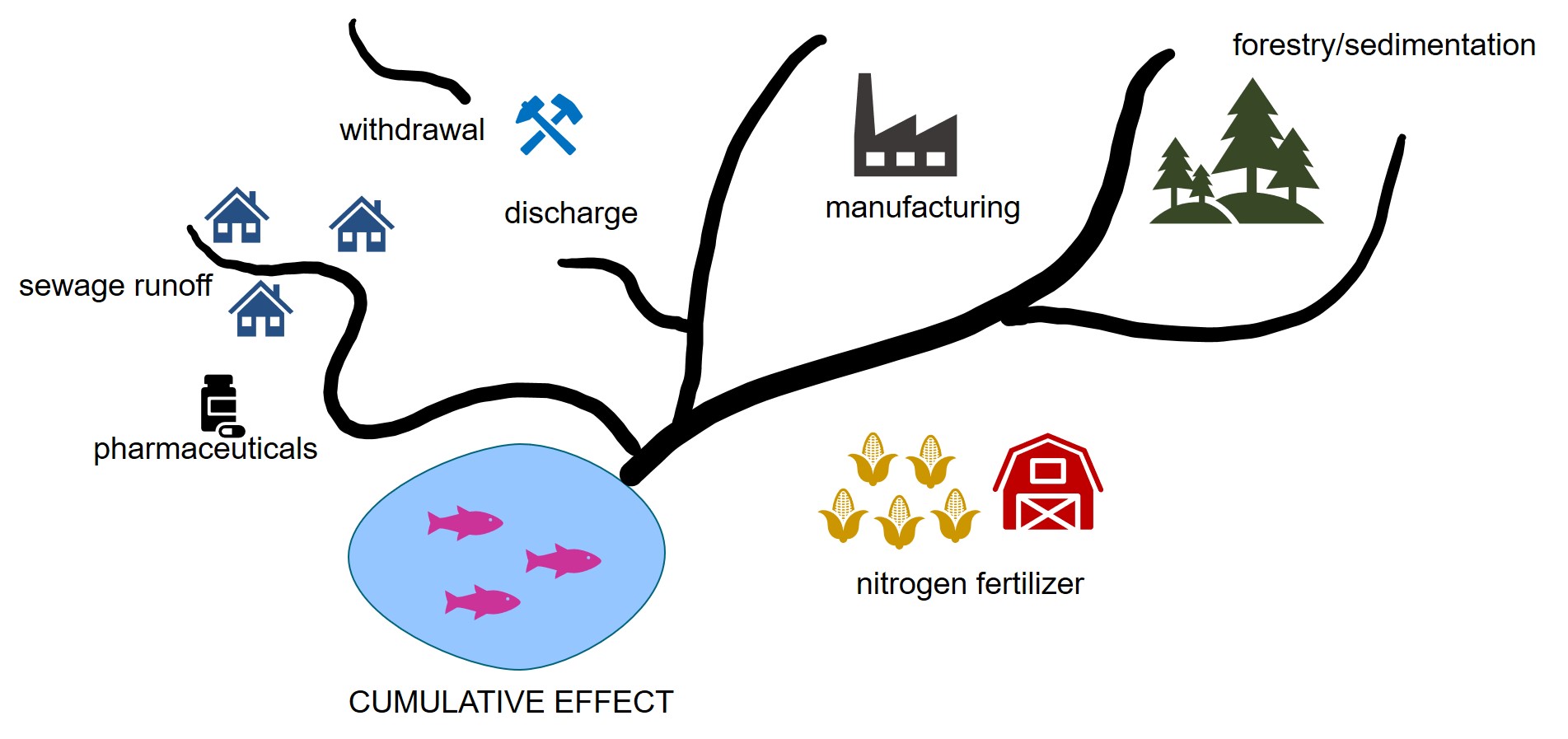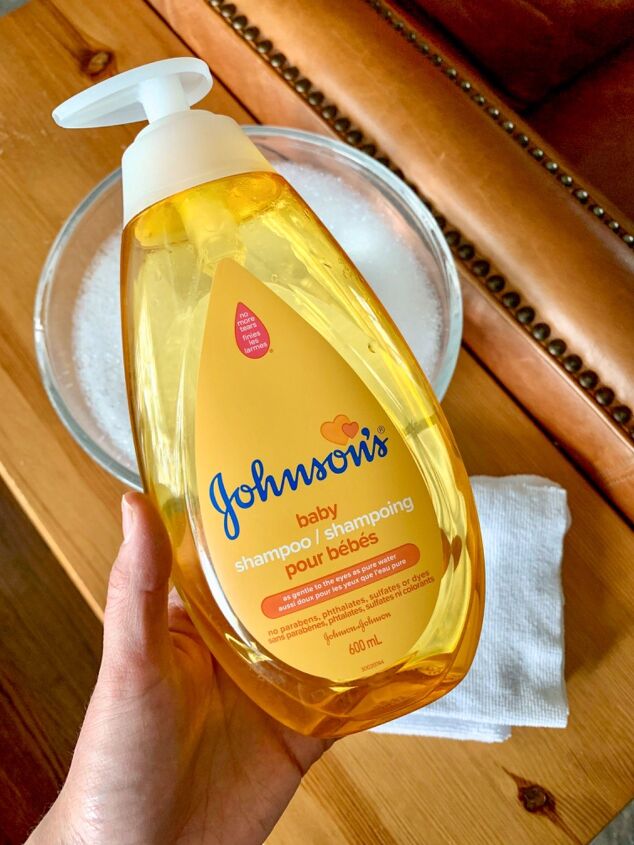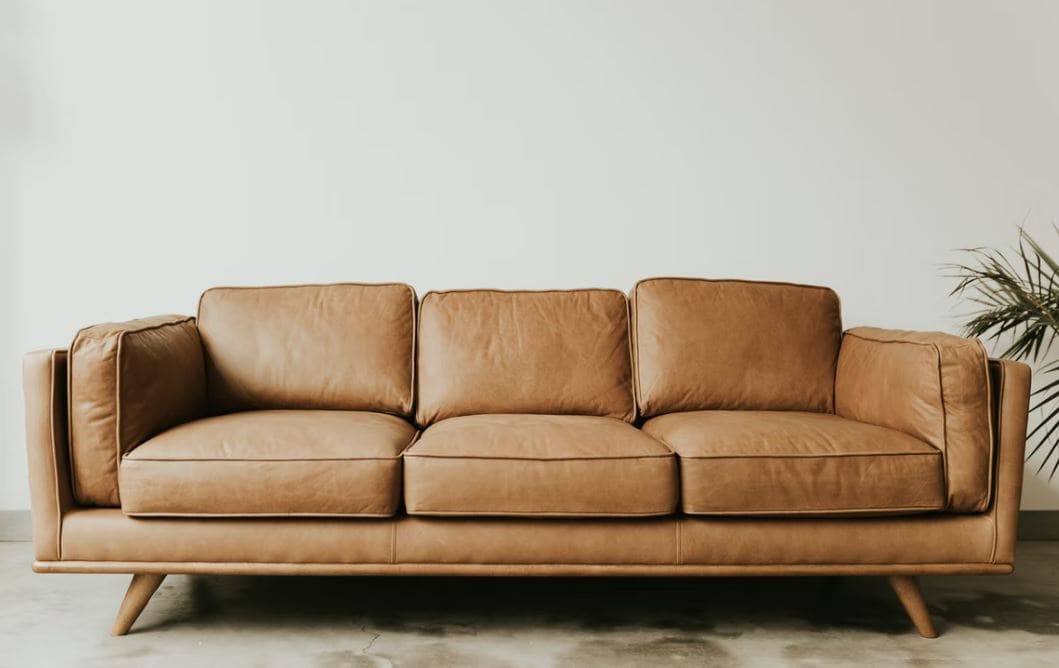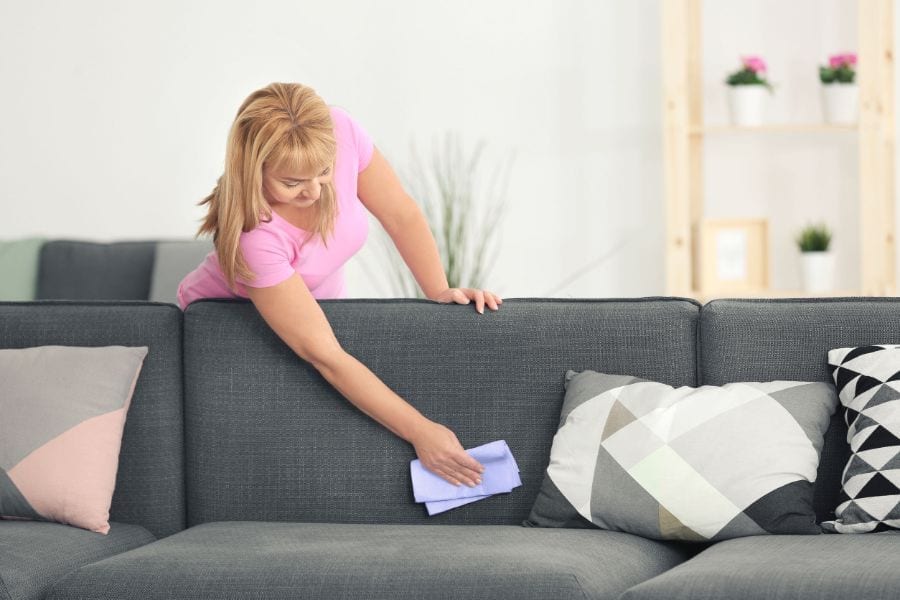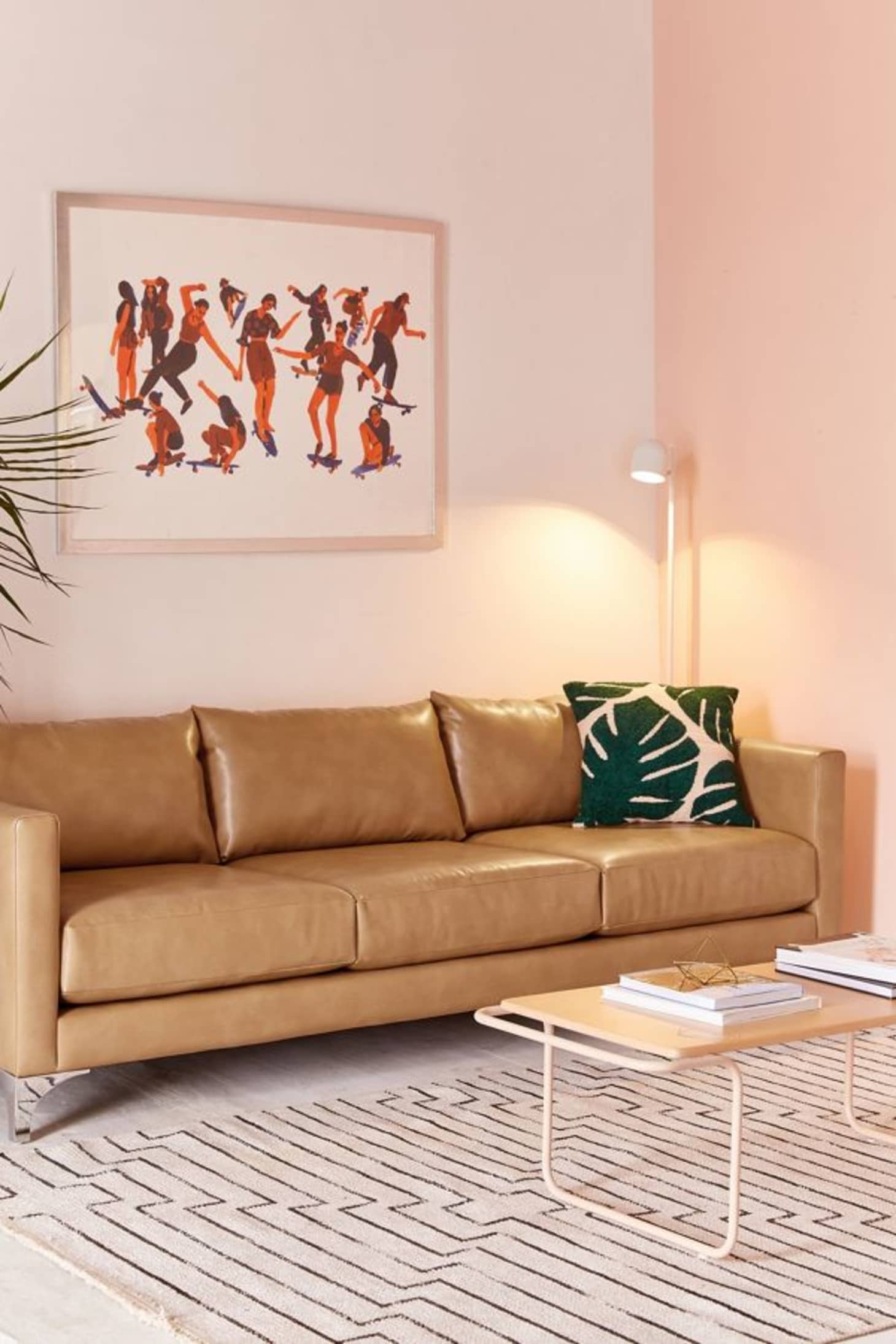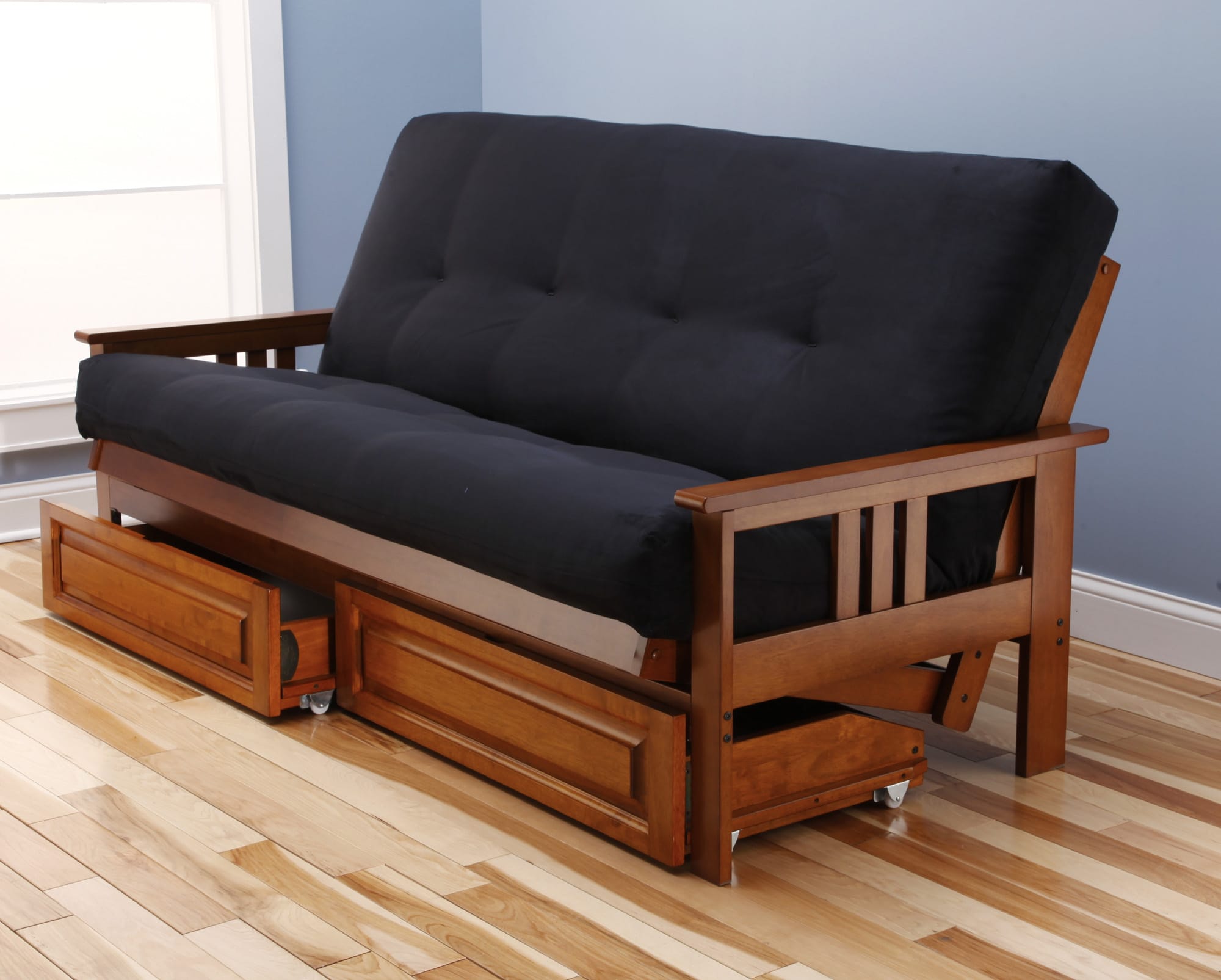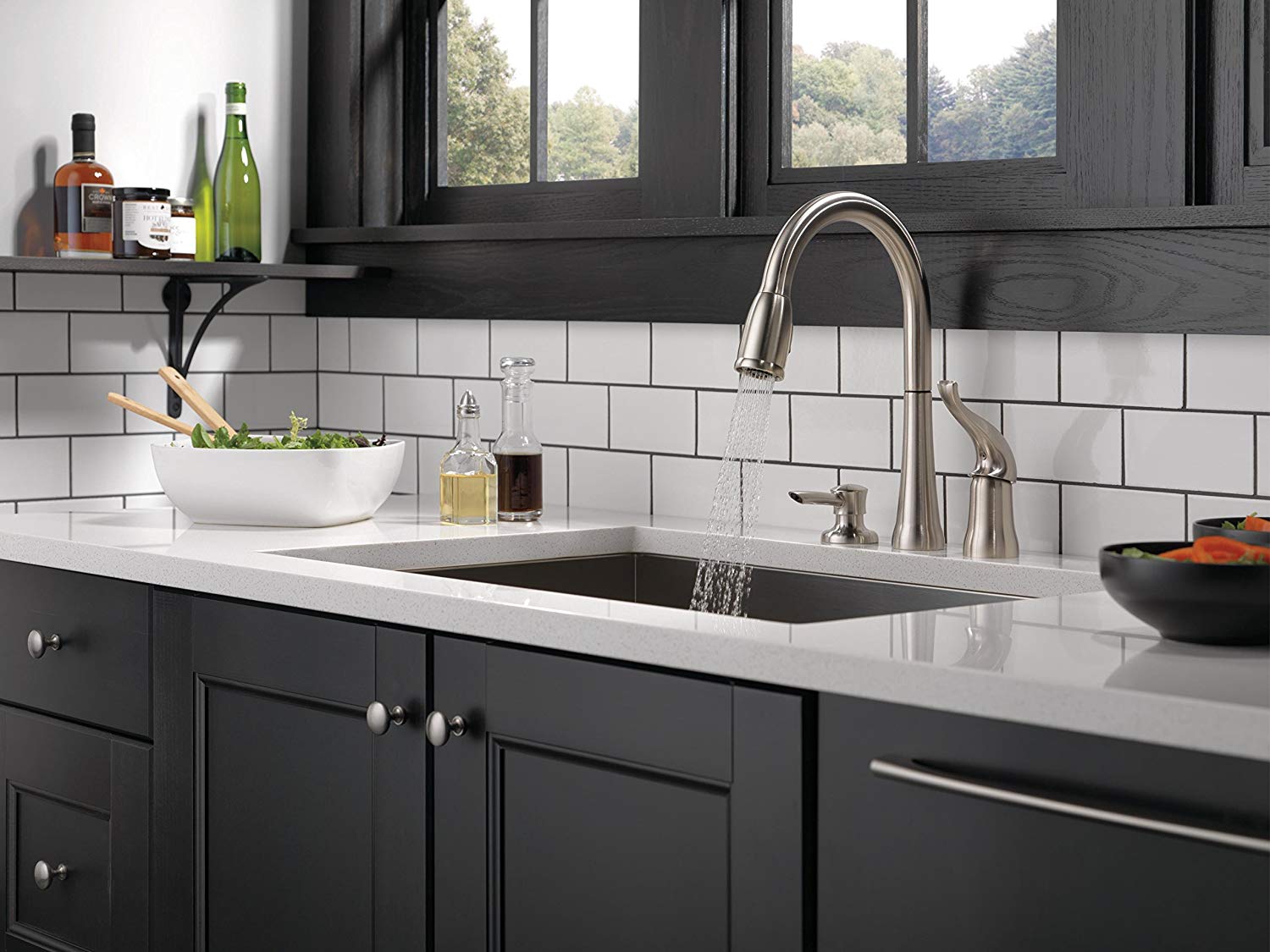If you're in the market for a new sofa, you may have come across the term "simulated leather." But what exactly does it mean? Simulated leather, also known as faux leather or leatherette, is a man-made material designed to mimic the look and feel of real leather. It is typically made from a base fabric, such as polyester or cotton, which is then coated with a layer of plastic or PVC to give it a leather-like appearance. This synthetic material has become popular in recent years due to its affordability and durability.Simulated Leather Sofa: What It Is and How to Care for It
Simulated leather has its own set of advantages and disadvantages compared to genuine leather. On the plus side, it is much more affordable than real leather, making it a budget-friendly option for those looking for the luxurious look of leather without the high price tag. It is also resistant to stains and easy to clean, making it a practical choice for households with children or pets. However, simulated leather is not as durable as genuine leather and may not hold up as well over time. It also lacks the natural texture and warmth of real leather.What is Simulated Leather? Pros and Cons Explained
It's important to note that simulated leather is not the same as genuine leather. Genuine leather is made from the hide of an animal, usually cows, and is considered a luxury material due to its durability and natural beauty. On the other hand, simulated leather is a synthetic material that is designed to imitate the look of real leather. While it may look similar, the two materials have different properties and will feel and age differently over time.Understanding the Difference Between Genuine Leather and Simulated Leather
The answer to this question ultimately depends on your personal preferences and needs. If you're looking for a more affordable option and don't mind sacrificing some durability and natural texture, then simulated leather may be the way to go. However, if you value longevity and the authentic look and feel of real leather, then investing in genuine leather may be a better choice.Simulated Leather vs. Genuine Leather: Which is Better?
Simulated leather furniture has several advantages beyond its affordability. It is also resistant to stains and scratches, making it a great choice for high-traffic areas. Additionally, it is available in a wide range of colors and textures, allowing you to easily find a piece that matches your home's decor. Simulated leather is also lightweight and easy to move, making it a convenient option for those who like to rearrange their furniture frequently.Exploring the Benefits of Simulated Leather Furniture
It can sometimes be difficult to tell the difference between genuine leather and simulated leather at first glance. However, there are a few key characteristics to look for to determine if a piece of furniture is made from simulated leather. First, check the texture - simulated leather will often have a smoother, more uniform texture compared to the natural variations in genuine leather. You can also look for a backing material, as simulated leather is typically made from a fabric backing with a plastic or PVC coating on top. Lastly, pay attention to the price - simulated leather is generally much more affordable than genuine leather.How to Identify Simulated Leather Furniture
One of the main reasons for the rise in popularity of simulated leather is its lower environmental impact compared to genuine leather. The production of genuine leather involves the use of harmful chemicals and the disposal of animal by-products, while simulated leather is made from synthetic materials that can be recycled. However, it is important to note that simulated leather is not completely eco-friendly, as it is still made from plastic and can contribute to pollution and waste.The Environmental Impact of Simulated Leather
Caring for simulated leather furniture is relatively easy compared to genuine leather. To clean, simply wipe the surface with a damp cloth and mild soap. Avoid using harsh chemicals or abrasive materials, as they can damage the surface. It is also important to keep your simulated leather furniture out of direct sunlight, as it can cause the material to fade or crack over time. Additionally, make sure to clean up any spills or stains immediately to prevent them from setting in.How to Clean and Maintain Your Simulated Leather Sofa
If you love the look of genuine leather but don't want to break the bank, simulated leather may be the perfect solution. With its affordability, easy maintenance, and wide range of styles and colors, it is a great option for those looking for a budget-friendly, leather-like material for their furniture. Just make sure to properly care for and maintain your simulated leather sofa to ensure it lasts for years to come.Simulated Leather Sofa: A Budget-Friendly Alternative to Genuine Leather
There are different types of simulated leather available, each with its own unique properties. Some common types include polyurethane (PU) leather, which is soft and flexible, and polyvinyl chloride (PVC) leather, which is more durable and resistant to stains. There is also microfiber leather, which is made from ultra-fine fibers and has a soft, suede-like feel. When shopping for simulated leather furniture, be sure to research the different types to find the one that best suits your needs and preferences.Understanding the Different Types of Simulated Leather
The Benefits of Choosing a Simulated Leather Sofa for Your Home
Understanding the Meaning of Simulated Leather
 Simulated leather, also known as faux leather or vegan leather, is a man-made material that mimics the look and feel of real leather. It is typically made from a variety of synthetic materials such as plastic, rubber, or polyurethane, and is designed to imitate the texture and appearance of animal hide. While it may not be the real thing, simulated leather has become a popular alternative for furniture, particularly sofas, due to its durability, affordability, and low environmental impact. In this article, we will delve into the meaning of simulated leather sofas and why they are a great choice for your home.
Simulated leather, also known as faux leather or vegan leather, is a man-made material that mimics the look and feel of real leather. It is typically made from a variety of synthetic materials such as plastic, rubber, or polyurethane, and is designed to imitate the texture and appearance of animal hide. While it may not be the real thing, simulated leather has become a popular alternative for furniture, particularly sofas, due to its durability, affordability, and low environmental impact. In this article, we will delve into the meaning of simulated leather sofas and why they are a great choice for your home.
The Growing Popularity of Simulated Leather Sofas
 In recent years, there has been a significant shift towards more environmentally friendly and sustainable products in the world of interior design. As a result, simulated leather has gained popularity as a viable alternative to traditional leather. Not only is it cruelty-free, but it also has a lower carbon footprint, as it does not require the use of animal products. Additionally, simulated leather is easier to maintain and does not require the same level of care as real leather, making it a practical choice for busy households.
In recent years, there has been a significant shift towards more environmentally friendly and sustainable products in the world of interior design. As a result, simulated leather has gained popularity as a viable alternative to traditional leather. Not only is it cruelty-free, but it also has a lower carbon footprint, as it does not require the use of animal products. Additionally, simulated leather is easier to maintain and does not require the same level of care as real leather, making it a practical choice for busy households.
Durability and Affordability
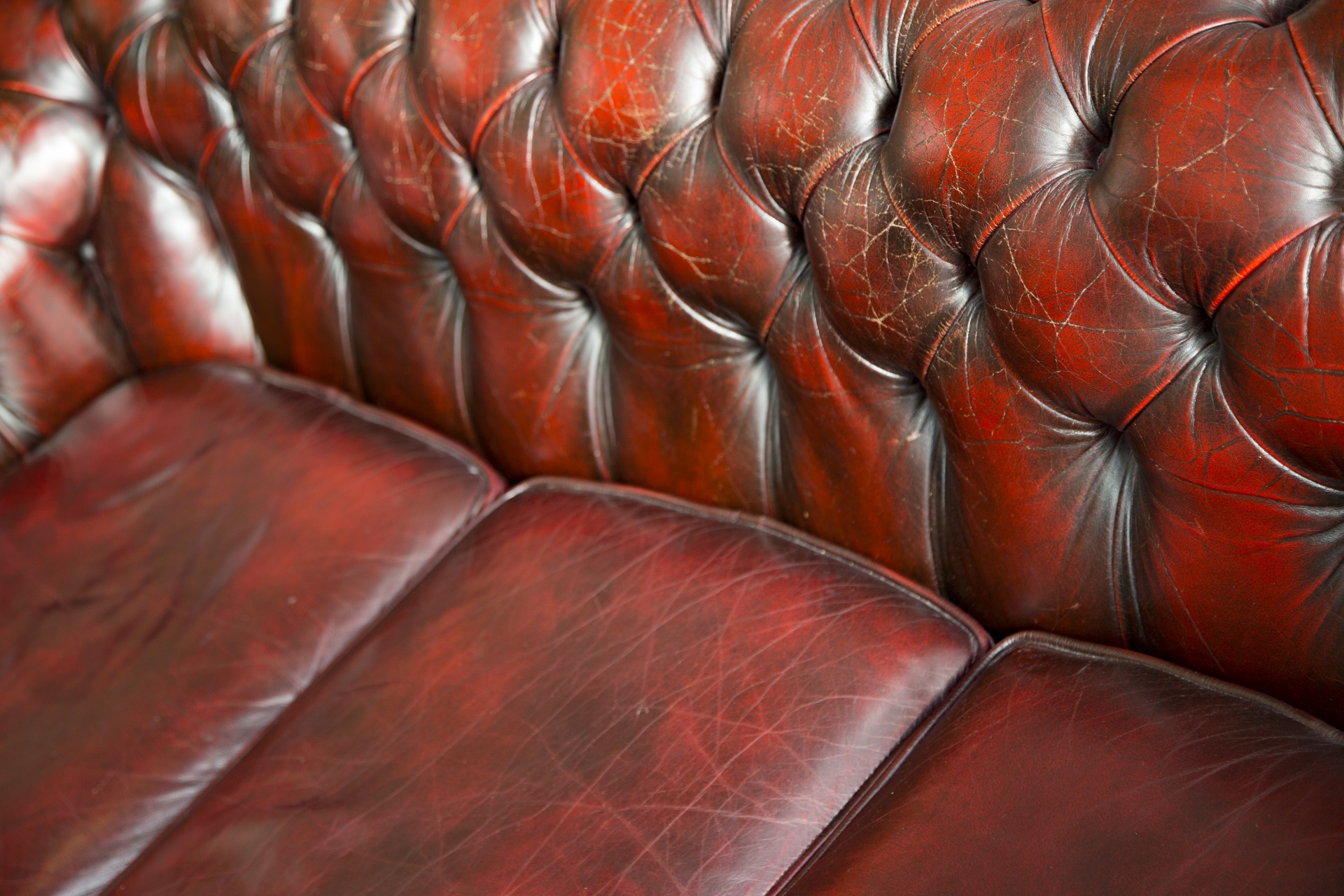 One of the main reasons why simulated leather sofas are a popular choice for homeowners is their durability. Unlike genuine leather, which can be prone to cracking and fading over time, simulated leather is more resistant to wear and tear. It is also less susceptible to stains and spills, making it an ideal choice for households with children or pets. Additionally, simulated leather sofas are significantly more affordable than real leather options, making them a budget-friendly choice for those looking to upgrade their furniture without breaking the bank.
One of the main reasons why simulated leather sofas are a popular choice for homeowners is their durability. Unlike genuine leather, which can be prone to cracking and fading over time, simulated leather is more resistant to wear and tear. It is also less susceptible to stains and spills, making it an ideal choice for households with children or pets. Additionally, simulated leather sofas are significantly more affordable than real leather options, making them a budget-friendly choice for those looking to upgrade their furniture without breaking the bank.
A Wide Range of Styles and Colors
 Simulated leather may be a man-made material, but it still offers a wide range of styles and colors to choose from. Just like real leather, it can be made to mimic various textures such as smooth, pebbled, or even distressed. This allows homeowners to achieve the look and feel of real leather without the high price tag. Simulated leather sofas also come in a variety of colors, making it easy to find one that complements your home's decor.
In conclusion,
a simulated leather sofa may not be the real thing, but it offers many benefits that make it a great choice for your home. From its eco-friendly nature and durability to its affordability and versatility in style and color options, it is a practical and stylish addition to any living space. Consider opting for a simulated leather sofa for your next furniture purchase and enjoy the best of both worlds – the look and feel of leather without the guilt or expense.
Simulated leather may be a man-made material, but it still offers a wide range of styles and colors to choose from. Just like real leather, it can be made to mimic various textures such as smooth, pebbled, or even distressed. This allows homeowners to achieve the look and feel of real leather without the high price tag. Simulated leather sofas also come in a variety of colors, making it easy to find one that complements your home's decor.
In conclusion,
a simulated leather sofa may not be the real thing, but it offers many benefits that make it a great choice for your home. From its eco-friendly nature and durability to its affordability and versatility in style and color options, it is a practical and stylish addition to any living space. Consider opting for a simulated leather sofa for your next furniture purchase and enjoy the best of both worlds – the look and feel of leather without the guilt or expense.



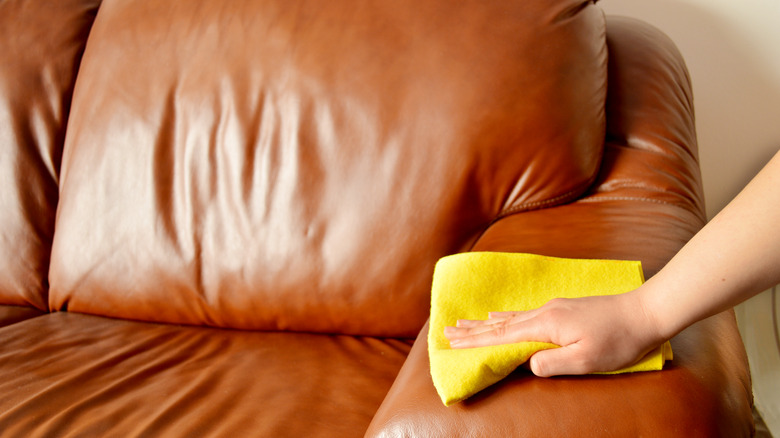


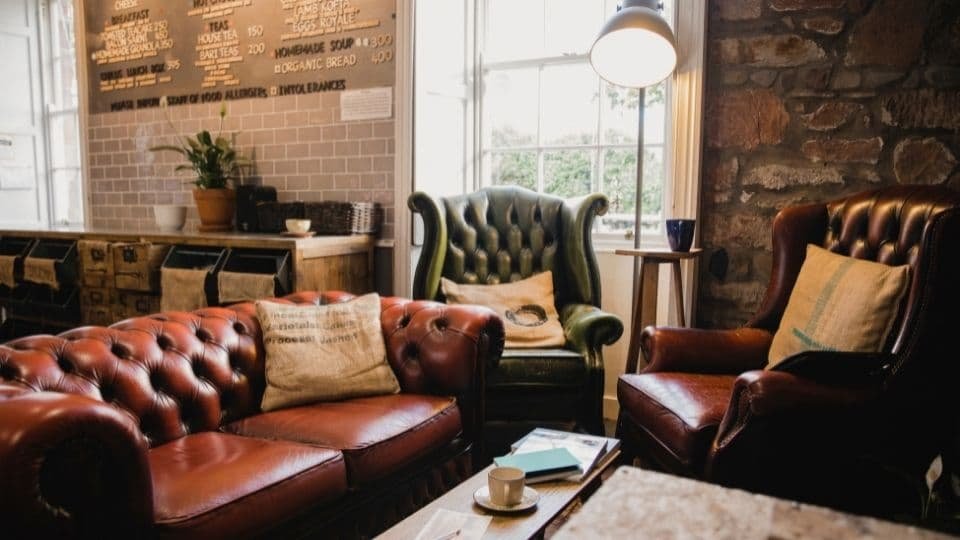

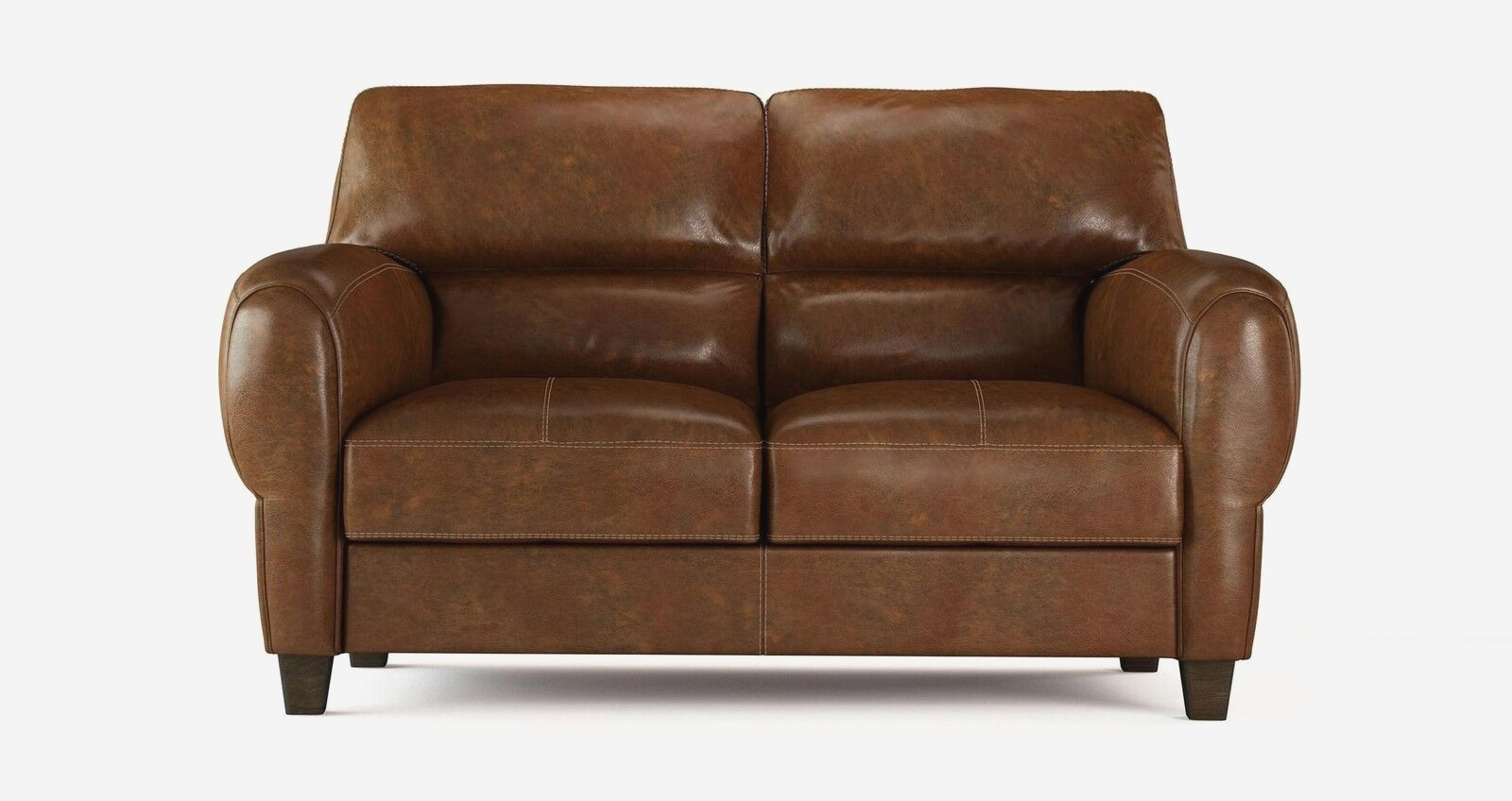
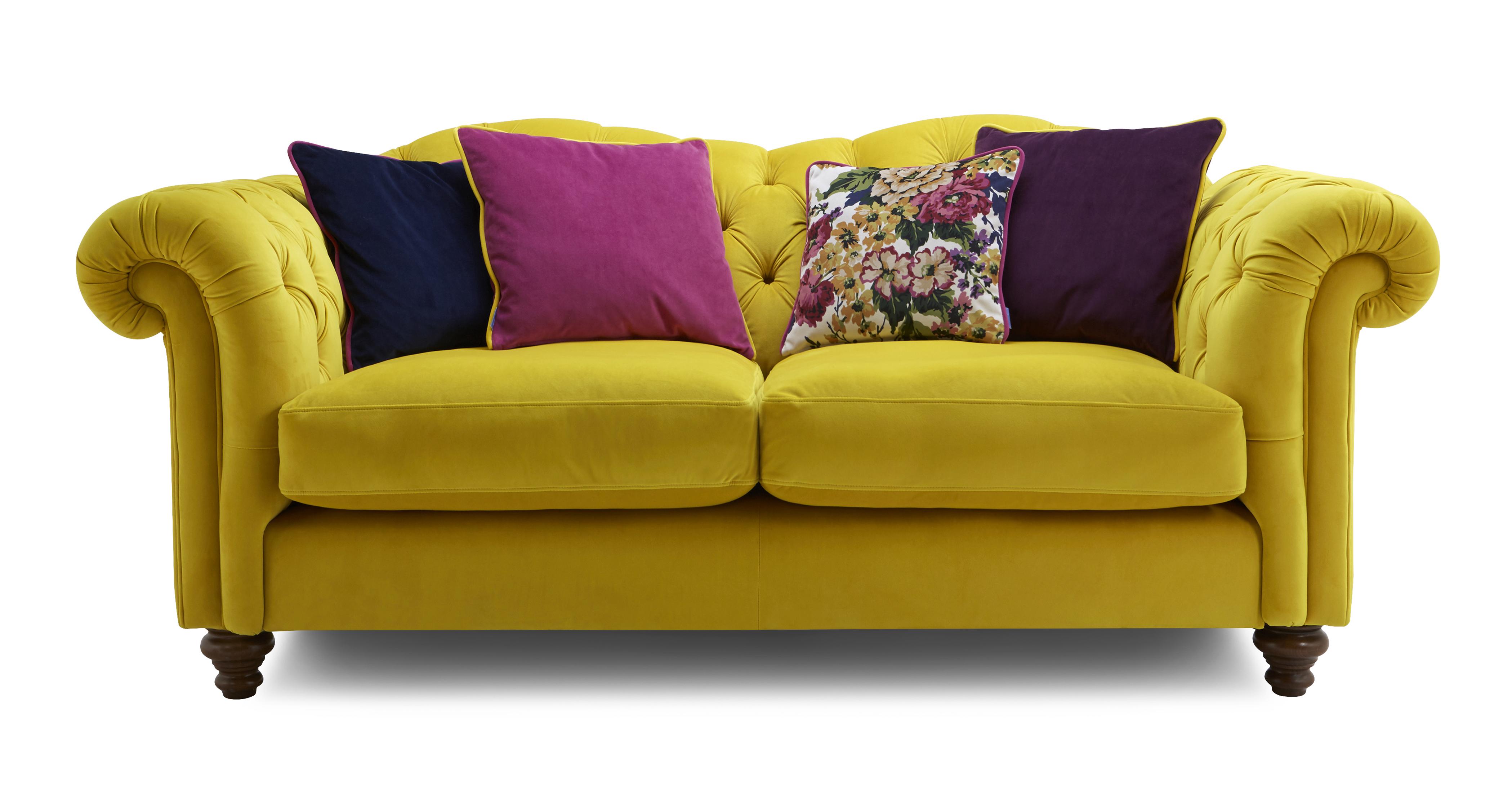



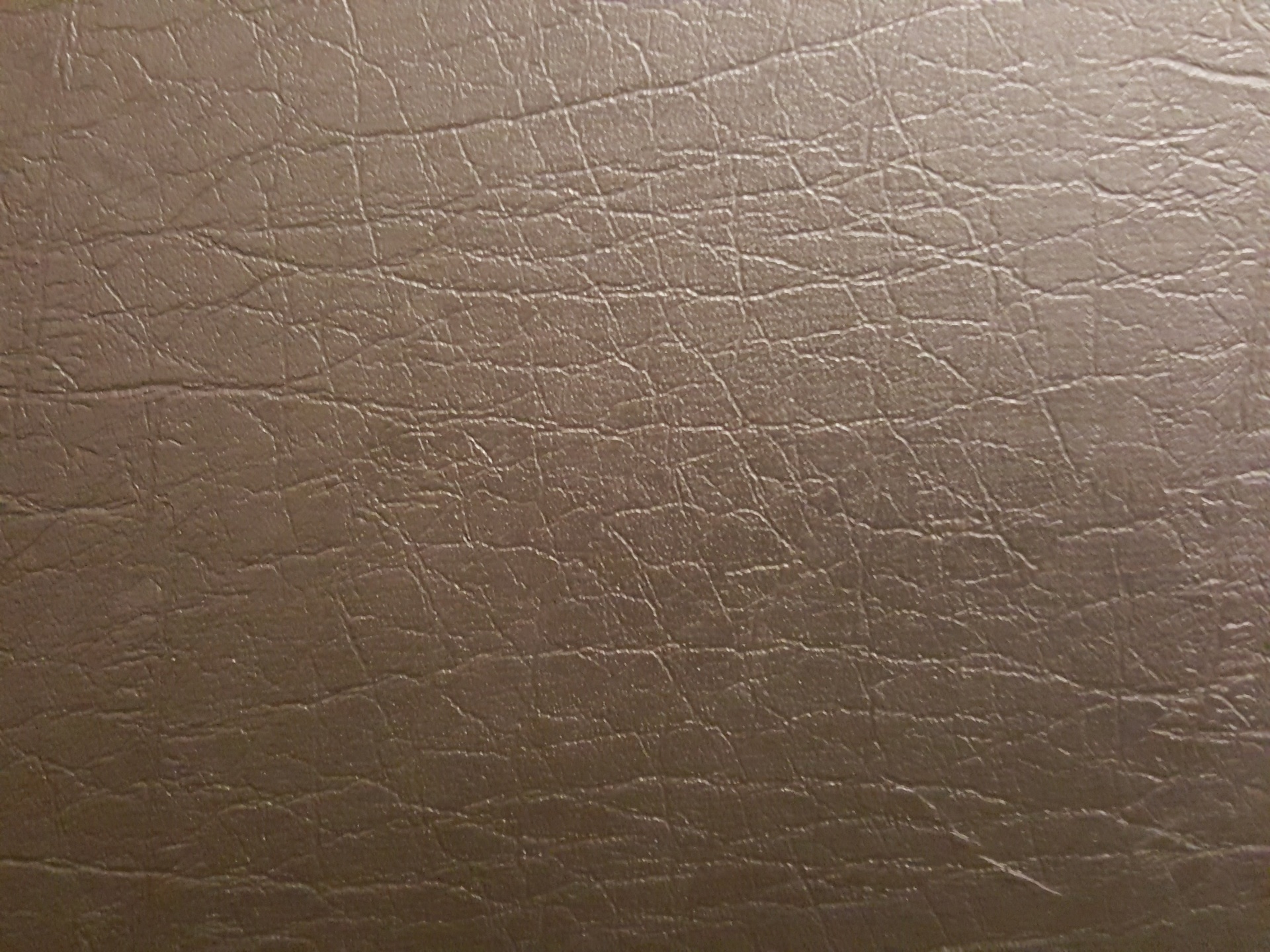



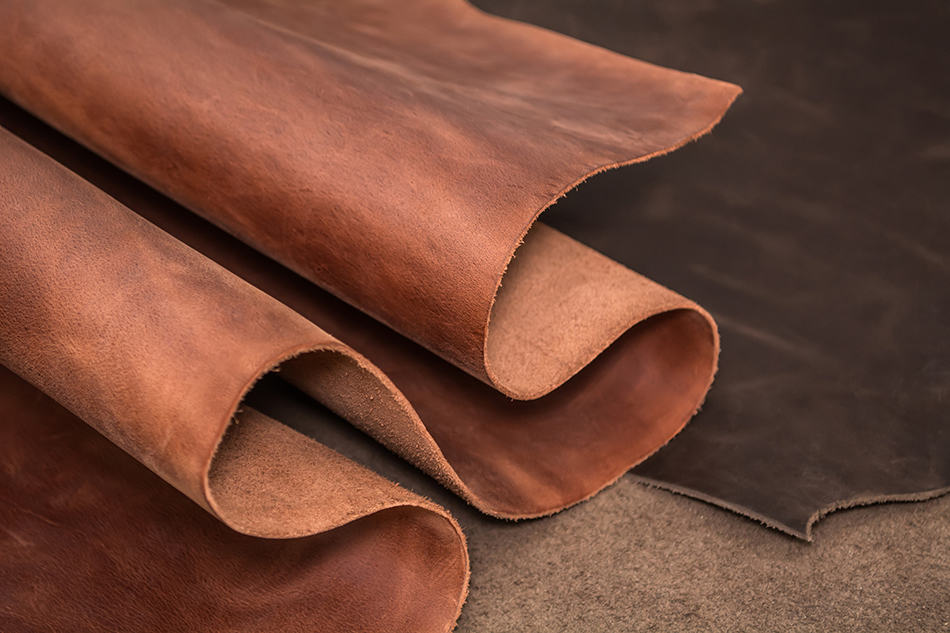

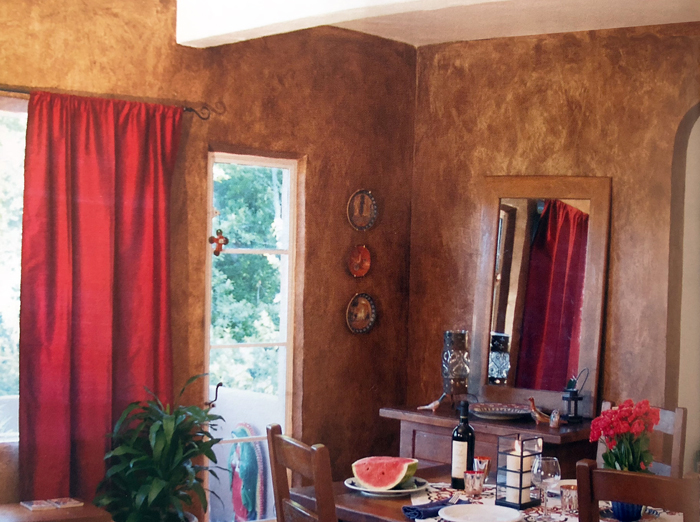










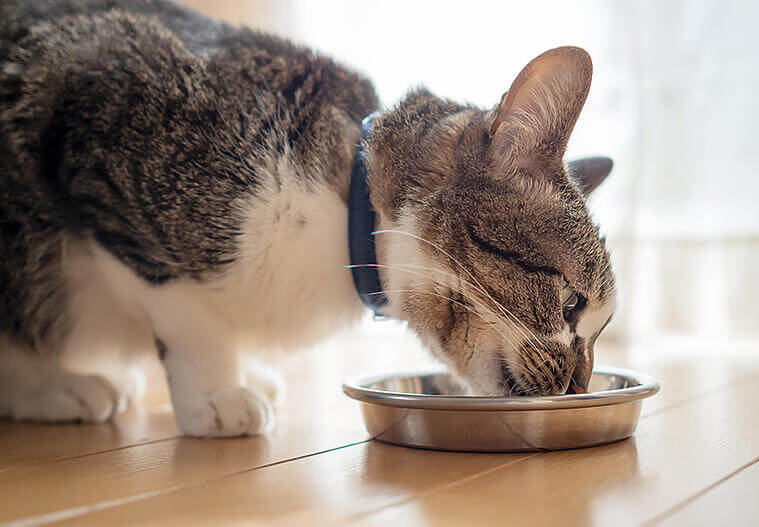
.png)



